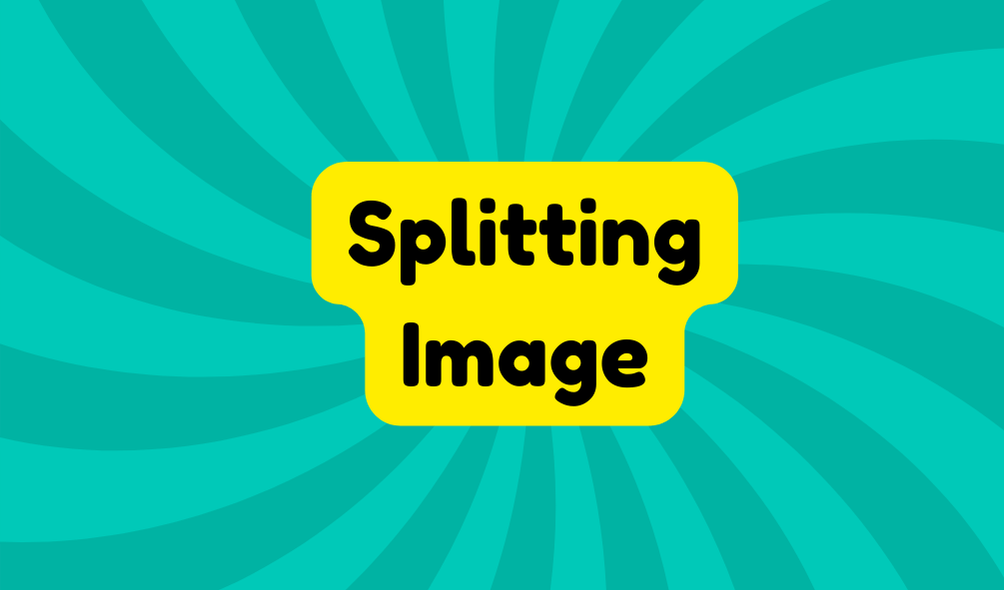The term "spitting image" refers to a striking resemblance between individuals, especially within families. It first appeared in print in 1901, though concepts of familial likeness date back centuries. This expression suggests an uncanny likeness, almost as if one is a duplicate of another. Typical usage can highlight physical similarities, but it may overshadow discussions about individuality. Understanding this phrase is essential, and the exploration of its implications can reveal more about identity and relationships.
Synonyms
When discussing the phrase "spitting image," one must consider various synonyms that convey similar meanings of resemblance. Understanding these terms can enhance clarity in discussions about analogous likeness and familial resemblance.
- "Carbon copy" suggests an exact duplicate.
- "Mirror image" implies a reflection of oneself.
- "Doppelgänger" refers to an uncanny counterpart.
These alternatives offer fresh perspectives but can sometimes obscure the uniqueness of individual relationships. While the phrase "spitting image" serves its purpose well, exploring synonyms can reveal nuances in how we perceive similarities among family members and beyond, enriching conversations surrounding identity and genetics.
Example of Sentences
Exploring practical applications of the phrase "spitting image" can provide insight into how individuals articulate familial resemblances. People often use this term to convey striking similarities, not only among family members but also when identifying celebrity doppelgangers. For instance:
- "His son is the spitting image of him, especially with their shared smile."
- "That actress is the spitting image of her grandmother, showcasing their family likeness."
- "During the event, attendees remarked on how the impersonator was the spitting image of the star."
These sentences highlight the depth of the phrase, revealing a fascination with resemblance, both ordinary and extraordinary.
Origin
The phrase "spitting image" has its beginnings shrouded in an intriguing mix of linguistic evolution and cultural observation. This idiomatic expression first appeared in print in 1901, though the concept of familial resemblance has been noted since the 1600s. The phrase suggests a likeness so profound that one could have been "spit out" from another person, highlighting the deep connections between lineage and appearance. Various forms of the expression were present in the 1800s, reflecting society's fascination with genetic traits. Ultimately, the phrase embodies a broader social understanding of how familial resemblance shapes identity and perception.
Collocations
Although "spitting image" is commonly understood to denote a strong resemblance between individuals, its collocations reveal deeper nuances in language use. The phrase finds resonance particularly in discussions about family resemblance, often juxtaposed with examples involving identical twins. To illustrate these connections, consider:
- Identifying immediate family members
- Highlighting generational resemblances
- Exploring the impact of heredity
These collocations emphasize the phrase's application in various contexts, from casual conversations to more formal discussions on genetic traits. Understanding such layered meanings encourages a more critical examination of language, urging speakers to explore beyond the surface implications of familiar idioms.
How to Use in Everyday Language
When it comes to using the phrase "spitting image" in everyday language, individuals often encounter a blend of familiarity and complexity. This expression frequently arises in daily conversations, often emphasizing familial resemblance. For instance, when someone states, "You're the spitting image of your grandmother," they highlight the striking similarity in appearances. However, reliance on such phrases may overshadow deeper discussions about genetics and individuality. While it succinctly captures visual likeness, it may reduce unique identities to mere shadows of one another. Consequently, users should wield this idiom judiciously, balancing playful recognition with a respect for each person's distinct story.
Why Is It Still Relevant Today?
While many idioms fade into obscurity over time, "spitting image" remains a common phrase in contemporary language, illustrating its enduring relevance. This idiom captures cultural significance, reflecting generational traits and the fascination with family resemblance. Its continuous use showcases a society's interest in identity, heritage, and likeness.
| Aspect | Description |
|---|---|
| Cultural Significance | Represents shared traits across generations. |
| Generational Traits | Embodies the idea of inherited appearances. |
| Modern Usage | Common in everyday conversations, movies. |
This phrase transcends time, emphasizing humanity's connection to lineage and legacy.







